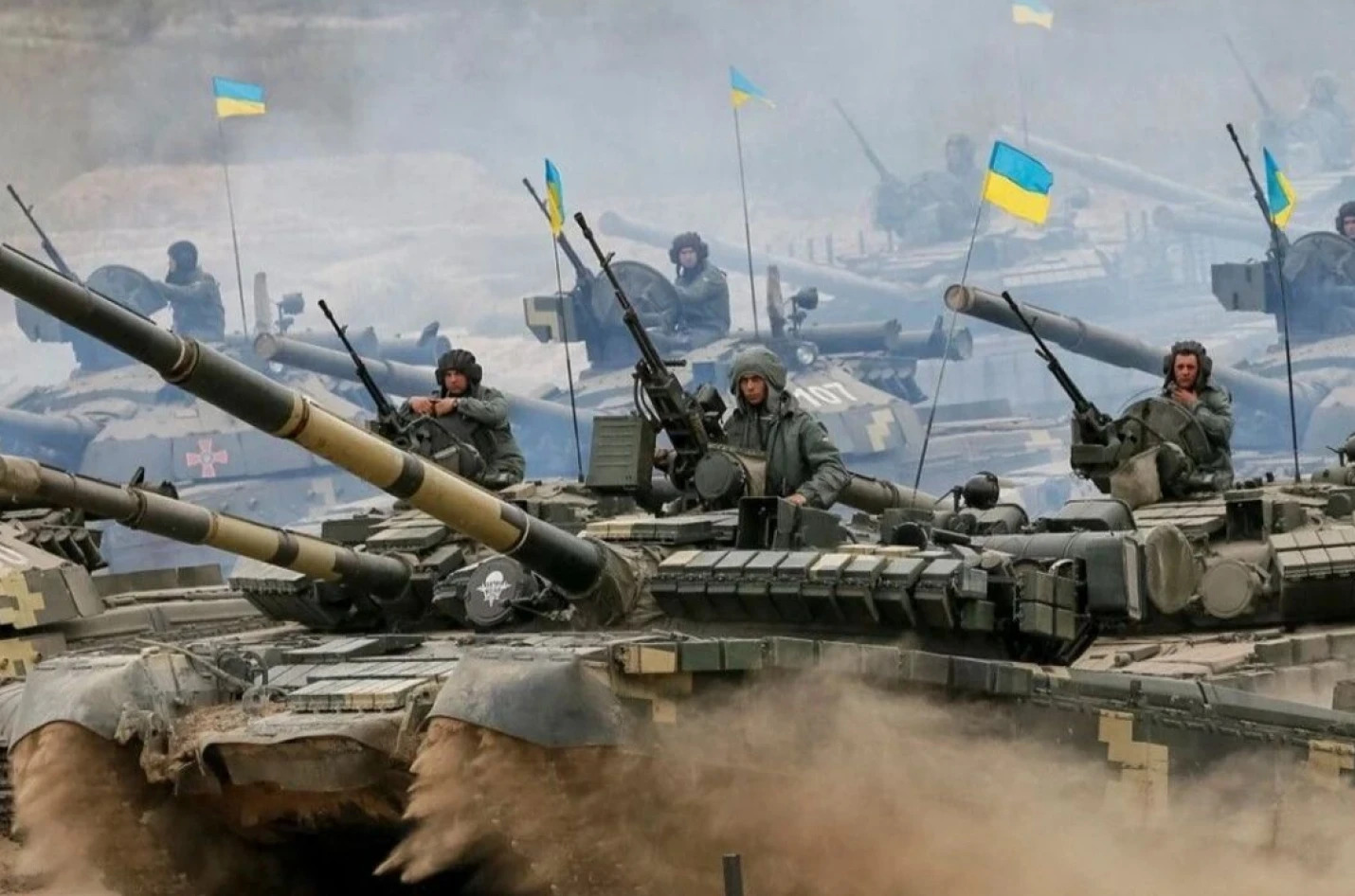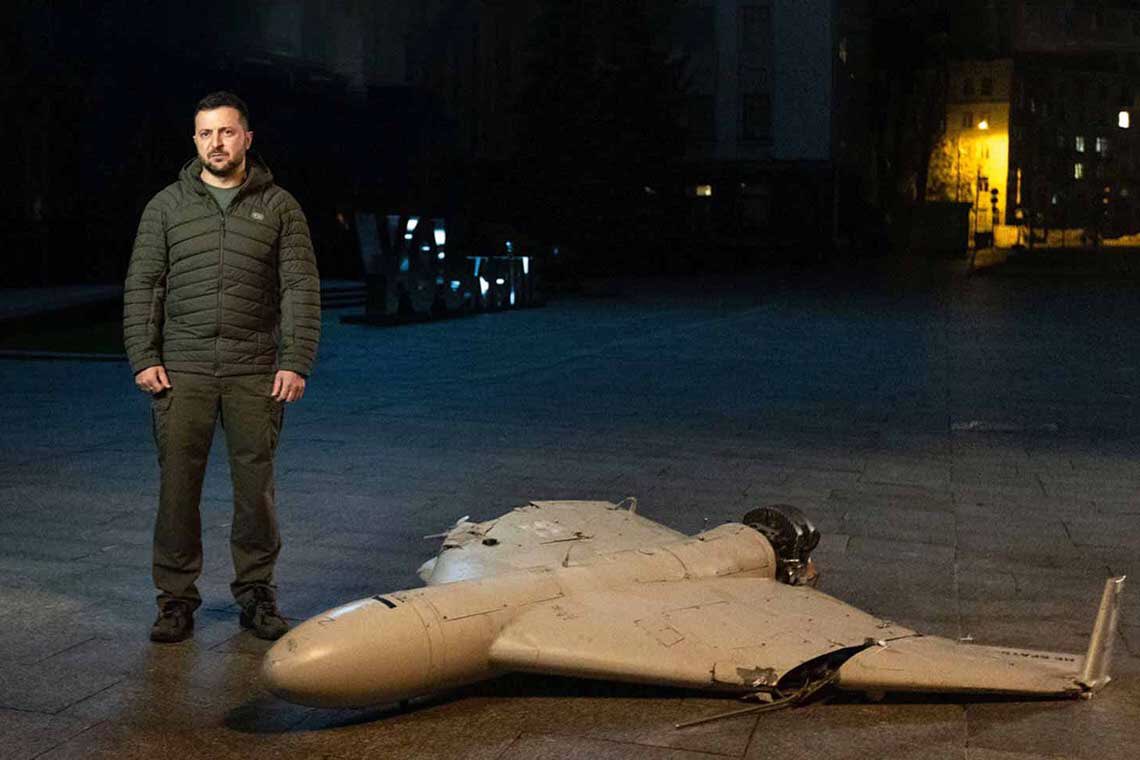Introduction:
Ukraine finds itself in the midst of a dire situation as air defenses have intercepted over 40 aerial targets, including drones and missiles, heading towards Kyiv. This follows a large-scale drone assault on the capital, marking the most significant attack since the conflict began. As tensions escalate, several key developments have emerged, including Ukraine’s warning to Iran, nuclear rhetoric from Belarus, indications of a Ukrainian counteroffensive, and reports of explosions in southern cities under Russian occupation. Moreover, a diplomatic row between Germany and Russia adds to the complexity of the situation. Amidst this backdrop, even the sporting arena has become a battleground, with a tennis match at the French Open reflecting the deepening divisions caused by the conflict.
Ukraine’s Warning to Iran:
- Ukraine’s presidential adviser, Mykhailo Podolyak, has issued a stern warning to Iran regarding its supply of Shahed drones to Russia. Podolyak emphasizes that Iran must be aware of the consequences, citing the “law of the boomerang.” The Ukrainian official suggests that these drones, once released, could find their way back to their manufacturer, potentially posing a threat to Iran itself.
Belarus’s Nuclear Rhetoric:

- Belarus President Alexander Lukashenko has made provocative statements regarding the transfer of nuclear weapons to nations willing to join the Union State of Russia and Belarus. Lukashenko’s claim raises concerns about the further proliferation of nuclear arms in the region and adds a dangerous dimension to the ongoing conflict. The implications of such rhetoric for regional stability and global security are significant.
Indications of Ukrainian Counteroffensive:

- Ukraine’s top general, Gen. Valerii Zaluzhyni, hints at an imminent counteroffensive in a well-produced video message. The details of the campaign remain shrouded in mystery, likely intentionally, to maintain a tactical advantage. As Ukraine contemplates a counteroffensive, the stakes continue to rise, and the potential for further escalation cannot be ignored.
Explosions in Southern Cities:
- Reports of explosions in Berdiansk and Mariupol, cities under Russian occupation, have emerged. Ukrainian officials claim casualties, while Russian authorities deny any deaths or injuries. Independent verification of these accounts is challenging, highlighting the complexities of obtaining accurate information in a conflict zone.
Maintaining Territorial Integrity:
- Ukraine’s foreign minister reaffirms that European allies stand united with Kyiv in preserving Ukraine’s territorial integrity. However, there are reports that a Chinese envoy has suggested accepting Russia’s territorial gains as a means to end the conflict. This proposal has raised concerns among Western nations, who are being urged to exert pressure on Ukraine to make territorial concessions, as reported by the Wall Street Journal.
Diplomatic Row with Germany:
- The diplomatic row between Russia and Germany continues to escalate, resulting in the expulsion of hundreds of German diplomats and state employees from Moscow. This retaliatory action follows Berlin’s expulsion of Russian intelligence-linked diplomats. The strained diplomatic relations add an additional layer of complexity to the already tense geopolitical environment.
Divisions on the Tennis Court:
- The ongoing conflict has even infiltrated the world of sports, as Ukrainian tennis player Marta Kostyuk refuses to shake hands with Belarusian opponent Aryna Sabalenka at the French Open. Kostyuk’s gesture reflects the deep emotional impact of the war in Ukraine, highlighting how the conflict has spilled over into various aspects of society.
Conclusion:
As Ukraine faces intensified attacks and geopolitical challenges, the situation remains fluid and highly volatile. The intercepted aerial targets, warnings to Iran, nuclear rhetoric from Belarus, indications of a counteroffensive, explosions in southern cities, territorial integrity concerns, diplomatic tensions, and divisions even in the realm of sports all underscore the complex and multifaceted nature of the conflict. The international community must closely monitor developments and work towards a peaceful resolution to prevent further escalation and minimize the humanitarian impact on the region.
©world-news.biz
